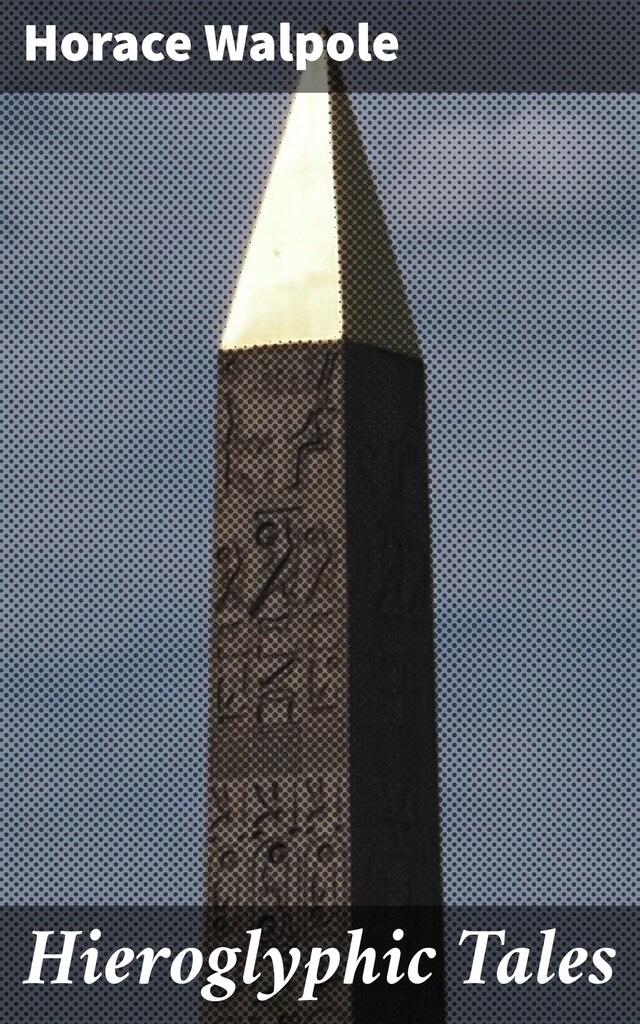
Hieroglyphic Tales
Unveiling Symbolic Shadows of 18th Century Gothic Tales
Description of book
In "Hieroglyphic Tales," Horace Walpole invites readers into a richly imaginative world where allegory and whimsy intertwine to explore the complexities of human existence. Published in 1785, this collection utilizes an innovative narrative style characterized by its playful tone and layered meanings, drawing heavily from the Gothic tradition that Walpole helped to establish. Through intricate frameworks of symbolism and narrative experimentation, the stories unfold like the enigmatic hieroglyphs themselves, challenging readers to ponder deeper philosophical questions masked beneath fantastical elements. Horace Walpole, an influential figure in the 18th century, is often recognized as the progenitor of the Gothic novel, most notably for his seminal work, "The Castle of Otranto." His fascination with history, antiquity, and the interplay between reality and fantasy reflective in "Hieroglyphic Tales" can be traced back to his experiences in art and architecture, as well as his travels throughout Europe. Walpole's keen interest in the power of storytelling coupled with his propensity for irony and satire reflects the age'Äôs Enlightenment ideals, which he deftly weaves into this collection. Readers who appreciate inventive narratives and philosophical inquiry will find "Hieroglyphic Tales" to be a captivating exploration of the human psyche. Walpole'Äôs masterful storytelling not only entertains but also provokes thought, making this work essential for anyone intrigued by the early Gothic movement and its lasting impact on literature. Delve into Walpole'Äôs world and unlock the mysteries hidden within each tale.
 Horace Walpole
Horace Walpole 41 Pages
41 Pages